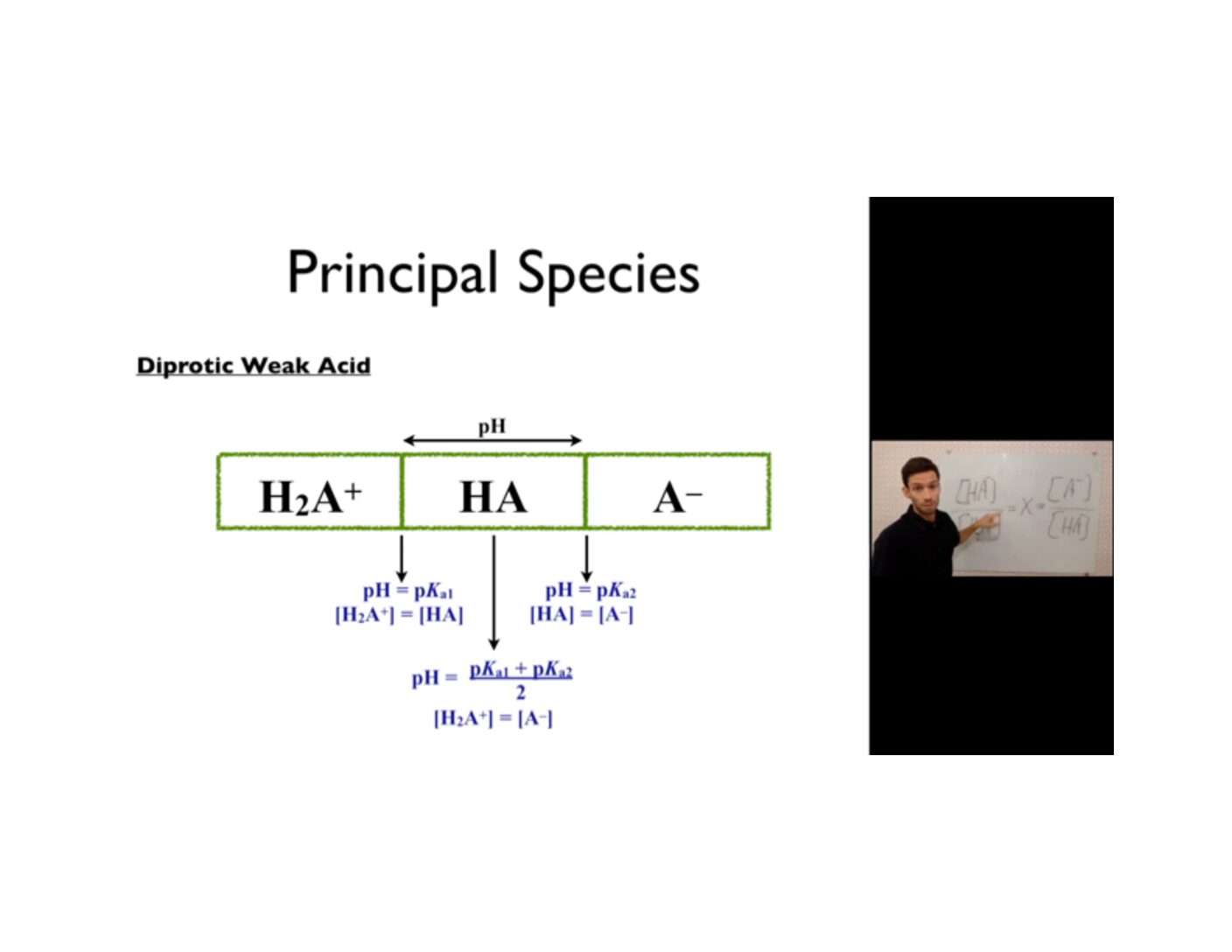
My concern
This semester I am teaching a junior-level chemistry class with only majors. By this stage in their college experience, these students are dedicated to learning and ready to engage deeply with the material. My challenge is that 25% (5/20) of the class is remote. I wanted to ensure that all students had an equitable learning experience, content delivery worked smoothly for everybody, and all students were able to fully engage not only with the material, but with me and their classmates as well.
My solution (chemistry humor)
I made two decisions early in the summer. I had thought about doing a so-called flipped classroom for a long time and finally took the plunge. First, all class content would be delivered in a series of pre-recorded video lectures that I would share privately on YouTube. Second, class time would be spent entirely doing cooperative active learning exercises, with students solving problems together in groups of four — each with three on-campus students and one remote student — to promote cohesion and personal interaction. I also intentionally created groups with a balance of abilities and backgrounds.
The content of this course lends itself well a flipped classroom approach. Often, the concepts are fairly straightforward in and of themselves, but applying them together to solve real problems can be extremely challenging for students. For homework they watch video lectures, and in class my role is to answer their questions and guide them through problem solving. During the class, each student joins via Zoom, whether physically in the room or not, and I use breakout rooms to facilitate group work. For me and all students in the classroom, wearing headphones is absolutely essential, as is judicious use of the mute button, so as to minimize background noise. It is far from perfect but works well enough and allows remote students to be equal participants in the group work. It also provides flexibility and resilience should students need to stay isolated or if ever we switch to all remote mode. In fact, I allow any student to attend class from anywhere via Zoom any time. Typically, 1–4 on-campus students attend class remotely, and the class has nearly perfect attendance overall this semester.
To ensure classroom learning is both active and cooperative, I collect all students’ worksheets, but randomly choose only one to grade per group, and everyone in that group gets that, albeit lenient, grade. This all-for-one-and-one-for-all approach generates accountability and encourages the stronger students to support the weaker students, which is mutually beneficial.
I prepared and recorded the majority of my videos in July and August. Now in the seventh week of the semester, I am so grateful for this foresight. I now make about one video a week and still stay ahead of the class. To create a screencast (talking head video), under Trent Edmonds suggestion, I used OBS Studio, which is a free download and has a number of powerful features.
My thoughts
Overall, I am pleased with how things are progressing. By planning ahead and creating a highly resilient course, I had the mental comfort to know I could accommodate a wide range of contingencies. I don’t think I could do it without having invested all that time over the summer. I had always wanted to create video lectures for this class, but without summer research students, I finally had the time. I plan to continue to use the videos when we return to “normal times.”
I have also been pleased with the group structure. While there was some initial angst about the one grade for all four members, students now better trust me to grade fairly. But more importantly, they have learned to work together and support one another during these challenging times.

Jordan Katz
Associate Professor
Chemistry & Biochemistry/Environmental Studies
